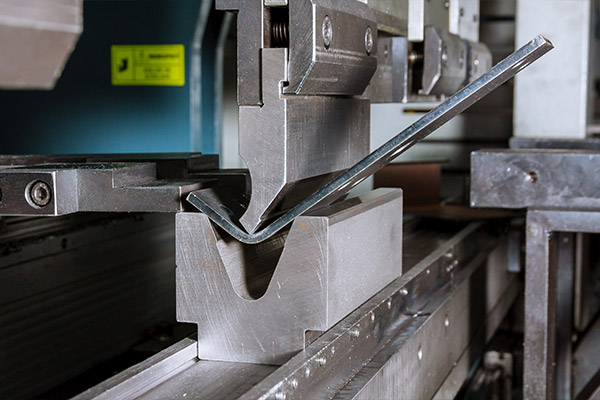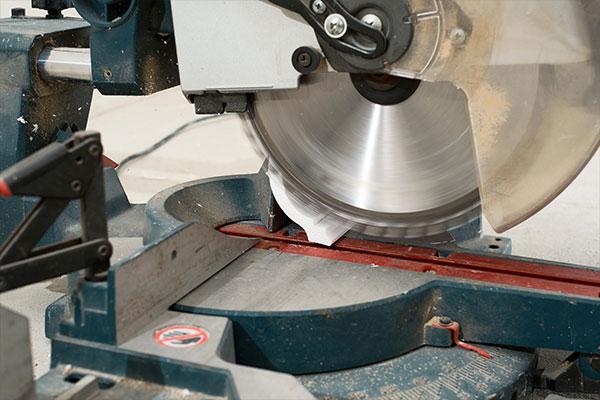Welcome to My Blog!
Before we dive into the content, I’d love for you to join me on my social media platforms where I share more insights, engage with the community, and post updates. Here’s how you can connect with me:
Facebook:https://www.facebook.com/profile.php?id=100090797846538
Now, let’s get started on our journey together. I hope you find the content here insightful, engaging, and valuable.
Table of Contents
Introduction


When it comes to the world of tool steels, d2 steel hardness is a topic that often sparks heated debates and misconceptions. D2 steel, known for its high carbon and chromium content, is a popular choice for knives, cutting tools, and industrial applications. However, there are several myths surrounding its hardness that need to be addressed. In this blog, we will delve into the most common misconceptions about d2 steel hardness and provide you with accurate, science-backed information.
Understanding D2 Steel Hardness
What is D2 Steel?
D2 steel is a high-carbon, high-chromium tool steel that is widely used in the manufacturing of knives, cutting tools, and industrial machinery. Its composition typically includes 1.5% carbon and 12% chromium, which contribute to its excellent wear resistance and toughness. The d2 steel hardness is one of its most notable characteristics, making it a preferred choice for applications that require durability and edge retention.
How is Hardness Measured?
Hardness in metals is commonly measured using the Rockwell C scale (HRC). The Rockwell hardness test involves applying a specific load to the material and measuring the depth of the indentation. The higher the HRC value, the harder the material. D2 steel typically has a hardness range of 55 to 62 HRC, depending on the heat treatment process.
Common Myths About D2 Steel Hardness
Myth 1: D2 Steel is Too Hard to Sharpen
One of the most prevalent myths about d2 steel hardness is that it is too hard to sharpen. While it is true that D2 steel is harder than many other types of steel, it is not impossible to sharpen. With the right tools and techniques, such as diamond sharpeners or ceramic stones, you can achieve a razor-sharp edge on a D2 steel blade. The key is to use abrasives that are harder than the steel itself.
Myth 2: Higher Hardness Means Better Edge Retention
Another common misconception is that higher d2 steel hardness directly translates to better edge retention. While hardness does play a role in edge retention, it is not the only factor. Other properties, such as toughness and wear resistance, also contribute to how well a blade maintains its edge. D2 steel strikes a balance between hardness and toughness, making it an excellent choice for long-lasting edges.
Myth 3: D2 Steel is Brittle Due to High Hardness
Some people believe that the high d2 steel hardness makes it brittle and prone to chipping. While D2 steel can be more brittle than some softer steels, it is not inherently fragile. Proper heat treatment can significantly enhance the toughness of D2 steel, reducing the risk of chipping and cracking. It is essential to ensure that the steel has been correctly heat-treated to optimize its performance.
Myth 4: D2 Steel Cannot Be Used in Impact Tools
There is a myth that D2 steel is unsuitable for impact tools due to its hardness. While it is true that D2 steel is not the best choice for high-impact applications like hammers or chisels, it can still be used in tools that require a combination of hardness and wear resistance. For example, D2 steel is commonly used in punches, dies, and shear blades, where its hardness and durability are advantageous.
Myth 5: All D2 Steel Has the Same Hardness
Another misconception is that all D2 steel has the same d2 steel hardness. In reality, the hardness of D2 steel can vary depending on the heat treatment process. Different manufacturers may use varying heat treatment methods, resulting in different hardness levels. It is crucial to consider the specific heat treatment when selecting D2 steel for a particular application.
The Science Behind D2 Steel Hardness


The Role of Carbon and Chromium
The d2 steel hardness is primarily determined by its carbon and chromium content. Carbon increases the hardness and strength of the steel, while chromium enhances its wear resistance and corrosion resistance. The combination of these elements in D2 steel results in a material that is both hard and durable, making it suitable for a wide range of applications.
Heat Treatment Process
The heat treatment process plays a crucial role in determining the final d2 steel hardness. Heat treatment involves heating the steel to a specific temperature and then cooling it rapidly to achieve the desired hardness and toughness. The process can be customized to optimize the steel’s properties for specific applications. For example, a higher tempering temperature can increase toughness at the expense of hardness, while a lower tempering temperature can increase hardness but reduce toughness.
Microstructure and Hardness
The microstructure of D2 steel also influences its hardness. The steel’s microstructure consists of small, hard carbides dispersed in a softer matrix. The size, distribution, and type of carbides affect the overall hardness and wear resistance of the steel. Proper heat treatment ensures that the carbides are evenly distributed, resulting in a uniform hardness throughout the material.
Applications of D2 Steel
Knives and Cutting Tools
One of the most common applications of D2 steel is in the manufacturing of knives and cutting tools. The d2 steel hardness makes it an excellent choice for blades that require sharp edges and long-lasting performance. D2 steel is often used in high-end kitchen knives, hunting knives, and utility knives.
Industrial Machinery
D2 steel is also widely used in industrial machinery, particularly in components that require high wear resistance and durability. Examples include punches, dies, shear blades, and molds. The hardness and toughness of D2 steel make it suitable for these demanding applications.
Woodworking Tools
Woodworking tools, such as chisels and plane blades, can also benefit from the d2 steel hardness. The steel’s ability to maintain a sharp edge and resist wear makes it an ideal choice for woodworking applications. However, it is essential to ensure that the steel has been correctly heat-treated to prevent chipping and cracking.
Comparing D2 Steel with Other Tool Steels

D2 Steel vs. A2 Steel
A2 steel is another popular tool steel that is often compared to D2 steel. While both steels have similar hardness levels, A2 steel is generally tougher and less brittle than D2 steel. However, D2 steel offers better wear resistance due to its higher chromium content. The choice between the two steels depends on the specific application and the desired balance between hardness and toughness.
D2 Steel vs. M2 Steel
M2 steel is a high-speed steel that is known for its exceptional hardness and heat resistance. Compared to D2 steel, M2 steel can withstand higher temperatures, making it suitable for high-speed cutting applications. However, D2 steel offers better wear resistance and is more cost-effective for many applications. The choice between the two steels depends on the operating conditions and performance requirements.
D2 Steel vs. O1 Steel
O1 steel is an oil-hardening tool steel that is often used in knives and cutting tools. While O1 steel is easier to sharpen and has better toughness than D2 steel, it does not offer the same level of wear resistance. D2 steel’s higher hardness and chromium content make it a better choice for applications that require long-lasting edges and durability.
Table: Comparison of D2 Steel with Other Tool Steels
| Property | D2 Steel | A2 Steel | M2 Steel | O1 Steel |
|---|---|---|---|---|
| Hardness (HRC) | 55-62 | 57-62 | 60-65 | 57-62 |
| Toughness | Moderate | High | Moderate | High |
| Wear Resistance | High | Moderate | High | Moderate |
| Corrosion Resistance | Moderate | Low | Low | Low |
| Cost | Moderate | Moderate | High | Low |
Conclusion
In conclusion, the d2 steel hardness is a key characteristic that makes it a popular choice for a wide range of applications. However, there are several myths and misconceptions surrounding its hardness that need to be debunked. By understanding the science behind D2 steel and its properties, you can make informed decisions about its use in various applications. Whether you are a knife enthusiast, a woodworker, or an industrial engineer, D2 steel offers a unique combination of hardness, toughness, and wear resistance that can meet your needs.
FAQ
What is the typical hardness range of D2 steel?
The typical d2 steel hardness range is between 55 to 62 HRC, depending on the heat treatment process.
Can D2 steel be used for kitchen knives?
Yes, D2 steel is an excellent choice for kitchen knives due to its high hardness and wear resistance, which allow it to maintain a sharp edge.
Is D2 steel corrosion resistant?
D2 steel has moderate corrosion resistance due to its chromium content. However, it is not as corrosion-resistant as stainless steels.
How does heat treatment affect D2 steel hardness?
Heat treatment plays a crucial role in determining the final d2 steel hardness. Proper heat treatment can optimize the steel’s hardness and toughness for specific applications.
What are the main applications of D2 steel?
D2 steel is commonly used in knives, cutting tools, industrial machinery, and woodworking tools due to its hardness and wear resistance.

